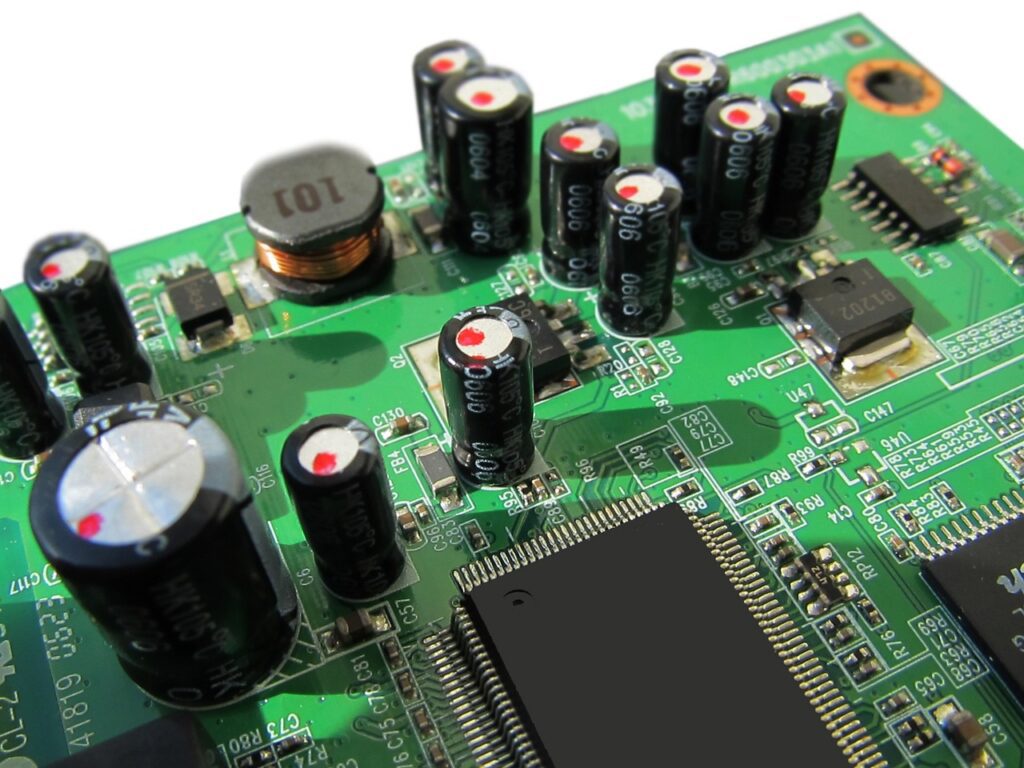
COMPETITIVE EXAM MCQs SERIES of ENVIRONMENTAL SCIENCE for UGC-NET/JRF, SLET, ARS, GATE, and other entrance tests – Electronic Waste Management.
Syllabus Outline
- Definition and categories of electronic waste.
- Sources and types of e-waste.
- Global and national statistics on e-waste generation.
- Toxic substances in e-waste (e.g. heavy metals, flame retardants).
- Health risks associated with e-waste components and exposure.
- Legislation, policies and regulations on e-waste management.
- Collection, segregation, and transportation of e-waste.
- Treatment and disposal methods of e-waste (e.g. recycling, refurbishing, landfilling, incineration)
- Sustainable e-Waste Management Practices.
This quiz contains the concept-based most frequently asked 25 MCQs of “Electronic Waste Management“. Each question has a single correct/most appropriate answer.
*****
1. Which of the following is the fastest-growing solid waste stream in the world?
a) Hazardous waste
b) e-Waste
c) Municipal waste
d) Plastic waste
2. Which of the following international agreements controls the transboundary movement of e-waste?
a) Basal convention
b) Bamako Convention
c) Waigani Convention
d) Montreal Protocol
3. Which fraction is the maximum in common e-waste?
a) Iron and Steel
b) Non-flame retarded plastic
c) Copper
d) Flame retarded plastic
4. Electronic waste contains a maximum amount of:
a) Plastics
b) Iron
c) Aluminum
d) Silica
5. Assertion (A): Open burning of e-waste releases toxic substances into the air.
Reason (R): Open burning is a cost-effective method for e-waste disposal.
a) Both A and R are true, and R is the correct explanation of A.
b) Both A and R are true, but R is the incorrect explanation of A.
c) A is true, but R is false.
d) A is false, but R is true.
6. Assertion (A): Extended Producer Responsibility (EPR) policies help manage e-waste effectively.
Reason (R): EPR policies shift the responsibility of e-waste management from consumers to manufacturers, ensuring better recycling rates.
a) Both A and R are true, and R is the correct explanation of A.
b) Both A and R are true, but R is the incorrect explanation of A.
c) A is true, but R is false.
d) A is false, but R is true.
7. Which factor impacts future solid waste collection costs in India?
a) Decreasing availability of landfill space.
b) More adoption of electric collection vehicles.
c) Rising labour costs for waste collection personnel.
d) Expanding the use of automated waste sorting technologies.
8. As per Solid Waste Management Rules, 2016, e-waste should be collected in:
a) Black bin
b) Blue bin
c) Green bin
d) Yellow bin
9. Which of the following metals is most commonly found in e-waste?
a) Gold
b) Copper
c) Silver
d) Platinum
10. Which process is used to extract precious metals from e-waste?
a) Pyrolysis
b) Hydrometallurgy
c) Incineration
d) Composting
11. What is the main challenge in recycling printed circuit boards from e-waste?
a) High plastic content
b) Complexity of materials
c) Size of components
d) Color variation
12. Which toxic element is commonly found in the cathode ray tubes of old monitors and TVs?
a) Cadmium
b) Mercury
c) Lead
d) Arsenic
13. Which of the following is not a common method for electronic waste management?
a) Shredding
b) Melting
c) Bio-leaching
d) Electroplating
14. Which of the following is a major source of e-waste in households?
a) Microwave ovens
b) Electric kettles
c) Mobile phones
d) Ceiling fans
15. Assertion (A): Brominated flame retardants (BFRs) in e-waste pose significant health risks.
Reason (R): BFRs prevent electronic devices from catching fire.
a) Both A and R are true, and R is the correct explanation of A.
b) Both A and R are true, but R is the incorrect explanation of A.
c) A is true, but R is false.
d) A is false, but R is true.
16. Which harmful gas can be released during the improper incineration of e-waste?
a) Carbon dioxide
b) Methane
c) Dioxin
d) Ozone
17. What is the primary reason in India for the accumulation of e-waste in landfills?
a) High recycling costs
b) Lack of awareness
c) Inadequate recycling infrastructure
d) Lack of regulatory policies
18. What is the main environmental hazard of improperly disposing of lithium-ion batteries found in e-waste?
a) Soil acidification
b) Water contamination
c) Air pollution
d) Forest fires
19. What is the average lifespan of a modern smartphone before it is discarded?
a) 1-year
b) 2-3 years
c) 4-5 years
d) 6-7 years
20. Which e-waste component contains the highest concentration of precious metals?
a) Cables and wires
b) Batteries
c) Circuit boards
d) Plastic casings
21. What is the reason for the low recycling rates of e-waste in India?
a) High processing costs
b) Lack of consumer awareness
c) Inefficient collection systems
d) All of the above
22. Which chemical element is commonly used in the soldering of electronic components?
a) Iron + Copper
b) Tin + Lead
c) Aluminum + Zinc
d) Copper + Tin
23. Which toxic material in e-waste can leach into groundwater if improperly disposed of?
a) Cadmium
b) Gold
c) Silicon
d) Carbon
24. Which type of e-waste is known for having a significant amount of recoverable gold?
a) Mobile phones
b) Washing machines
c) Fluorescent lamps
d) Air conditioners
25. What is the key difference between e-waste recycling and e-waste reuse?
a) Recycling involves using the product again for its original purpose, while reuse involves processing waste into new materials.
b) Recycling is more environmentally friendly than reuse.
c) Reuse is only applicable to non-toxic e-waste.
d) Recycling involves processing waste into new materials, while reuse consists in using the product again for its original purpose.
*****
Previous: Hazardous Waste Management
Next: Sources and Management of Fly Ash
References
- Kahhat, R., Williams, E., & Allenby, B. (2012) E-Waste Management: From Waste to Resource. Routledge.
- Liu, K. (2019) Recycling of Electronic Waste II: Separation and Recovery of Metals. CRC Press, 1st edition.
- Herat, S. (2018) Global E-Waste Management Strategies and Future Implications. Springer International Publishing.
- Pandey, S. K. (2014) Electronic Waste Management: Indian Practices and Guidelines. APH Publishing Corporation.

